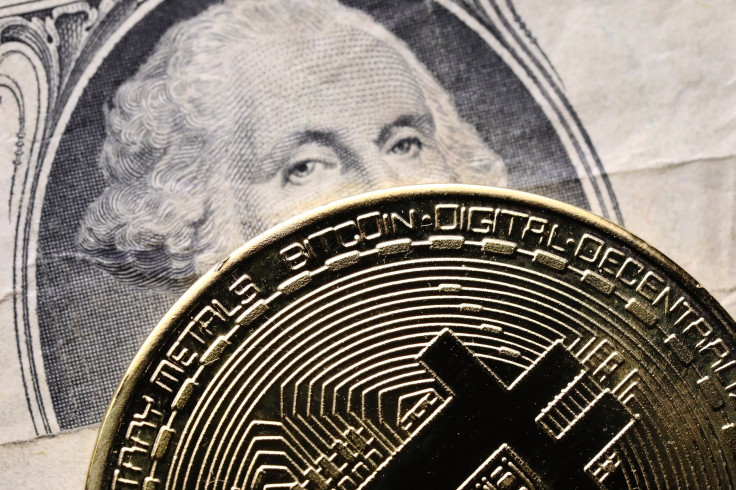Child Porn Site That Accepts Cryptocurrency Payments Gets Shut Down By Spanish Police

KEY POINTS
- The Spanish Civil Guard arrested multiple people across the country related to various child pornography platforms that were operated either domestically or abroad
- Buyers paid using cryptocurrency to access the criminals' child porn videos
- Analysis of these crypto transactions led to criminals' arrest
Authorities across the world worked together to arrest individuals related to child pornography sites funded by cryptocurrency on the dark web.
The Spanish Civil Guard arrested multiple people across the country related to various child pornography platforms that were operated either domestically or abroad.
In the “Jekyl” operation, Spain arrested three persons related to a platform whose users were also rewarded when they upload their own videos. In the second operation, the police arrested a person for buying and paying for child porn content on a platform run by criminals in the Philippines. The third operation, called “Kiru,” led to the arrest of a person in Madrid who sexually abused his 16-year old stepdaughter to produce child pornography. The operations were supported by authorities in the United States and the Philippines.
Cryptocurrency was used to pay for illegal content in the websites related to the first and second arrest. According to Cointelegraph, users will send Bitcoin, other tokens, or anonymous money transfer services to access the illegal videos on the darknet. In the “Jekyl” operation, thousands of crypto transactions allowed the police to identify the addresses associated with the criminals.
Through careful analysis of conversations and payments in the second operation, the Spanish authorities found the recipients were located in the Philippines. The analysis allowed for the arrest of the criminals and rescue of the victims.
While criminals thought cryptocurrencies could be used to anonymize transactions and disassociate them from their deeds, it was ultimately the analysis of these transactions that led to their arrest.
Cryptocurrency, particularly Bitcoin transactions, are mostly pseudonymous in nature. The Bitcoin blockchain allows anyone to inspect and find the transactions and where those transactions are going to and from. The blockchain also allows anyone to inspect how much tokens a specific Bitcoin address has or to what other addresses they are transacting.
While the blockchain does not specify to whom a Bitcoin address belongs to, the origin of the transaction can be obtained outside. For example, if the Bitcoin address belonged to a Coinbase account, technically a court could demand the company to disclose information such as an account's personal information.
Also, law enforcers or forensic firms can spot and study patterns in the blockchain to identify suspects. Cryptoforensic firms are often hired by authorities for this very purpose. One example was when the police in the United Kingdom contacted then-London-based Elliptic to catch dark web drug dealers. In another example, the U.S. Drug Enforcement Administration and the Internal Revenue Service are considering to use Coinbase’s Analytics product to track the flow of cryptocurrency to catch criminals.
© Copyright IBTimes 2025. All rights reserved.





















